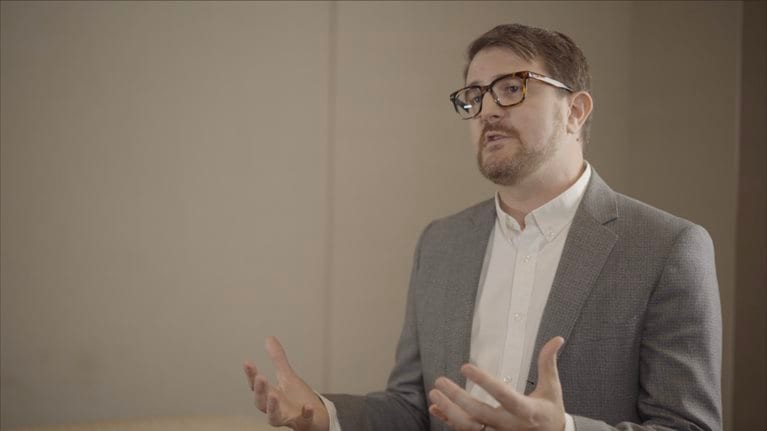What are the top three most disruptive, powerful forces shaping Australia and New Zealand 10 years from now?
I think CEOs have always got the challenge of trying to balance their different stakeholder groups and what they want most at any particular point in time. I think at the moment we are seeing some real shifts across Asia. Obviously, in every geography, transparency is exposing all companies to much more scrutiny by consumers and by government. I think in some parts of Asia, what we are also seeing—which has taken a couple of decades to really materialise—is also shareholder pressure. So whether it’s pressure on the conglomerates in Japan to start breaking up, whether it’s activism in Korea, we are now starting to see a lot more focus on shareholder value. And we believe that will lead to quite a significant reconfiguration of who owns what in a lot of those markets, and we see the emergence of more traditional industries.
Would you like to learn more about the Future of Asia?
How should CEOs be responding to these forces as they think about their business strategies for the next decade?
So the hard thing for CEOs when stakeholder expectations are shifting, is not to get dragged along but to actually jump out ahead of it. And that’s difficult because at the same point at which governments may be wanting certain action, or community groups may be wanting certain action, for example a change in pricing of energy for more disadvantaged customers.
For shareholders, they will be looking and saying, ’Why are you giving away our money to the community?’ So what CEOs really need to do is actually bring together their different stakeholder groups and bridge the short-term actions with the long-term combination of steps that’s actually going to keep the company healthy in the long term. So actually, some of the most interesting innovation is technology-based, and it’s coming from Asia. And I don’t just mean on the manufacturing side, which for many years there’s been some real leadership, but now on the consumer side of things as well. If you take China for example, the new platforms that have emerged around, for example WeChat—some of the eco-system stuff that Ping An’s doing, they are actually templates that companies in Australia that used to skip over Asia and look at Europe and the US for inspiration are now looking at some of those players. There’s a different expectation on those markets often around regulation, different expectations around privacy. So what we are seeing is innovation that could actually be 10 to 15 years ahead of what we are seeing in more of the traditional developed economies.


